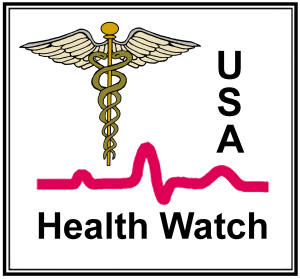

Following H5 Influenza As It Moves Through
North American Food Animals
Dr. Carol Cardona, DVM, PhD, discussed the evolution and
spread of H5 influenza, focusing on its movement through North American
food animals. She noted the initial incursion of goose Guangdong H5 in
2014, leading to widespread outbreaks in commercial poultry, which were
controlled through mass depopulation. The virus returned in 2021, this
time driven by wild waterfowl as primary reservoirs, with poultry now
mostly victims rather than sources of transmission.
Cardona highlighted that stamping out poultry, while effective in
halting farm-to-farm spread, does not control the virus in wild birds.
Over 170 million birds have been depopulated due to outbreaks, including
150 million from wild bird infections and another 20 million related to
bovine infections. H5 has expanded into more than 50 mammalian species
and continues to adapt to new hosts, including cattle, goats, alpacas,
and bears.
Control options for H5 include stamping out, vaccination (which faces
economic and export barriers), and biosecurity, though each has
limitations due to the virus’s evolving host range. Cardona stressed the
lack of surveillance in wild mammals and called for improved prevention
strategies. She addressed misconceptions about asymptomatic carriers and
pointed to genetic resistance in some animals, although no mechanism is
known in chickens. The presentation concluded by emphasizing the
unpredictable nature of influenza and the need for adaptable control
measures. Health Watch USAsm Webinar Aug. 29, 2025.
View Presentation Video:
https://youtu.be/SALHVe_aAJ4
Health Watch USAsm Webinar, Combating Infectious Disease
Challenges. Have we gone twenty steps forward or backwards? Aug.
29, 2025
Download Slides
Presentations from additional countries can be viewed at:
https://www.healthwatchusa.org/conference2025/index.html
All information contained on this website is the express opinion
of the presentor and not necessarily that of
Health Watch USA Inc. a Kentucky Non-Profit Organization
The Video Above is a Health Watch USAsm Video.
Health Watch USA is a non-profit 501-C3 Organization based in Kentucky